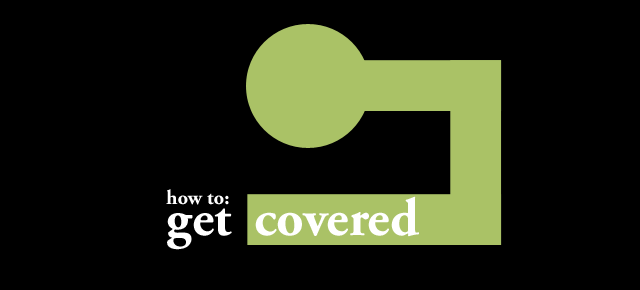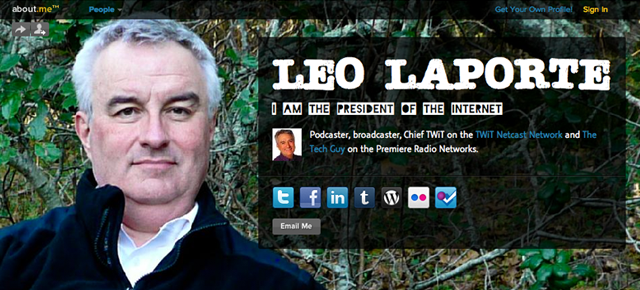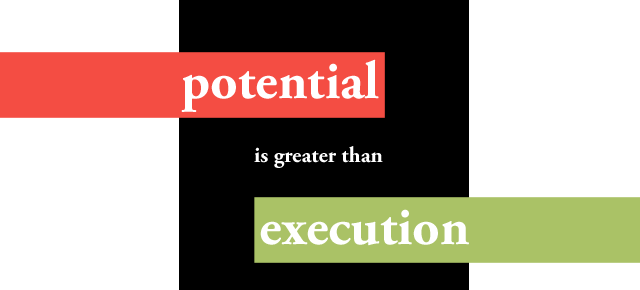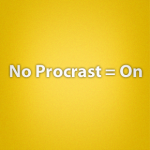
Late last week I was pitched by 60 startups in less then 12 hours. I saw the good, bad, and the ugly. I personally looked at every single email and I jotted down notes on pitches that caught my attention (both good and bad). I distilled my notes and turned it into a guide to help startups hone their “cold call” emails and avoid common pitfalls when looking for coverage.
The Guidelines:
1. Be personable, but don’t waste time.
Nobody wants to cover a robot (“Our world leading brand creates synergy for our customers…”) and nobody wants to read Shakespeare in their inbox. Find the balance. Include a paragraph or two explaining the mission of the startup and where it’s heading (traction, bootstrapped/funded etc…) but don’t waste words.
2. Make it scannable:
If you’re like everybody that I know, you don’t really read your email, you scan it. Think of your email as a cross between a table of contents and an index. You should be able to jump in at any point and at least have a sense of what’s going on. Be able to answer “What does your company do” in one sentence (Put this just under the greeting).
3. Be persistant but not obnoxious:
Admittedly this is more of an art then a science, but you might have to gently remind people who you are if you’re not a big player in your space. If I get 60 startups in less then 12 hours, I’m sure the big boys (Techcrunch, etc.) probably get at least 100x this amount every day. Don’t take this personally. If your site requires a login create one specifically for the people you’re trying to get coverage from and include that information towards the bottom of the email.
4. Give them media they can use:
High resolution screenshots, logos, and images go a long way in helping writers understand a Startup at a glance. Writers have a limited amount of time and you want to “lower the cost of entry” for them as much as possible. Writers don’t always have time to read a 5 page summary of your business, but could easily become interested if you “show” instead of “tell”. Pictures>Words.
If you’re looking for coverage on TheStartupFoundry, follow these tips and email me at paul@thestartupfoundry.com or tip us on twitter @startupfoundry.
What tips have you used while trying to get coverage?
















